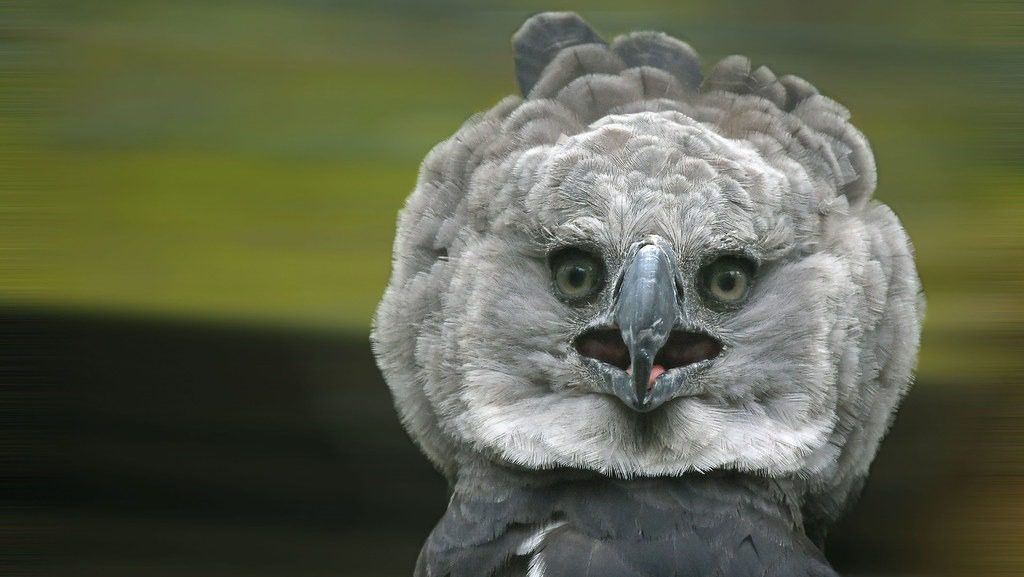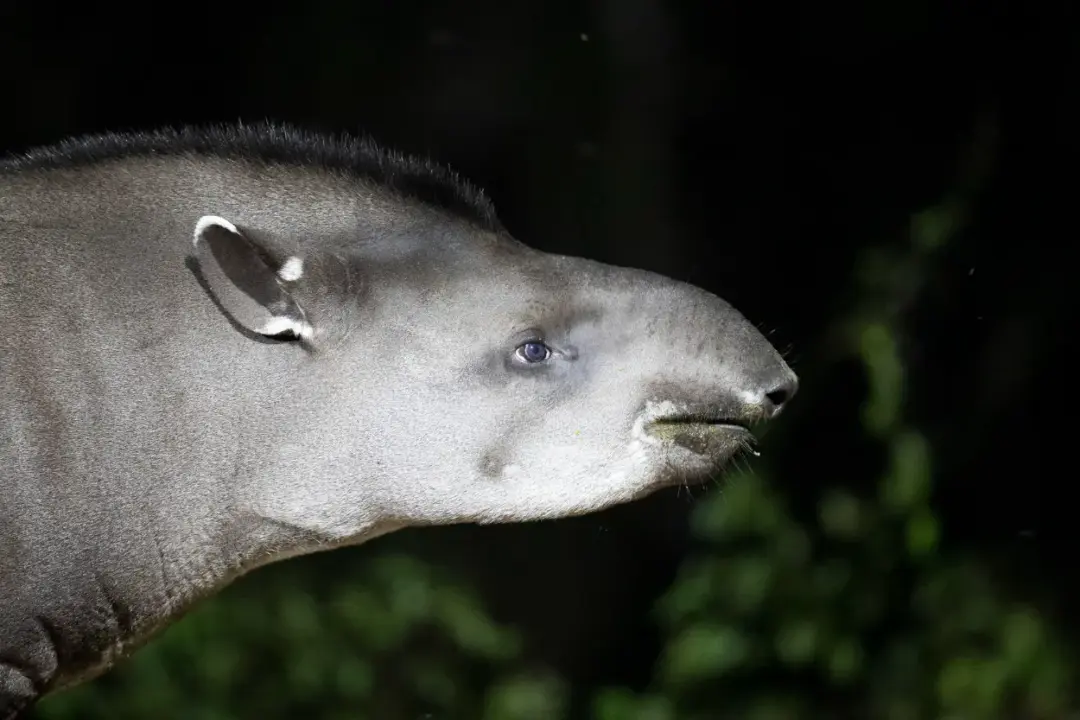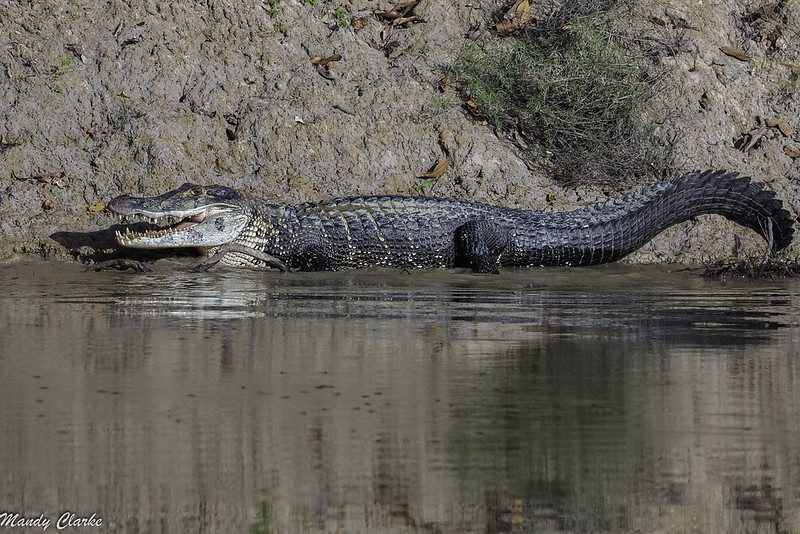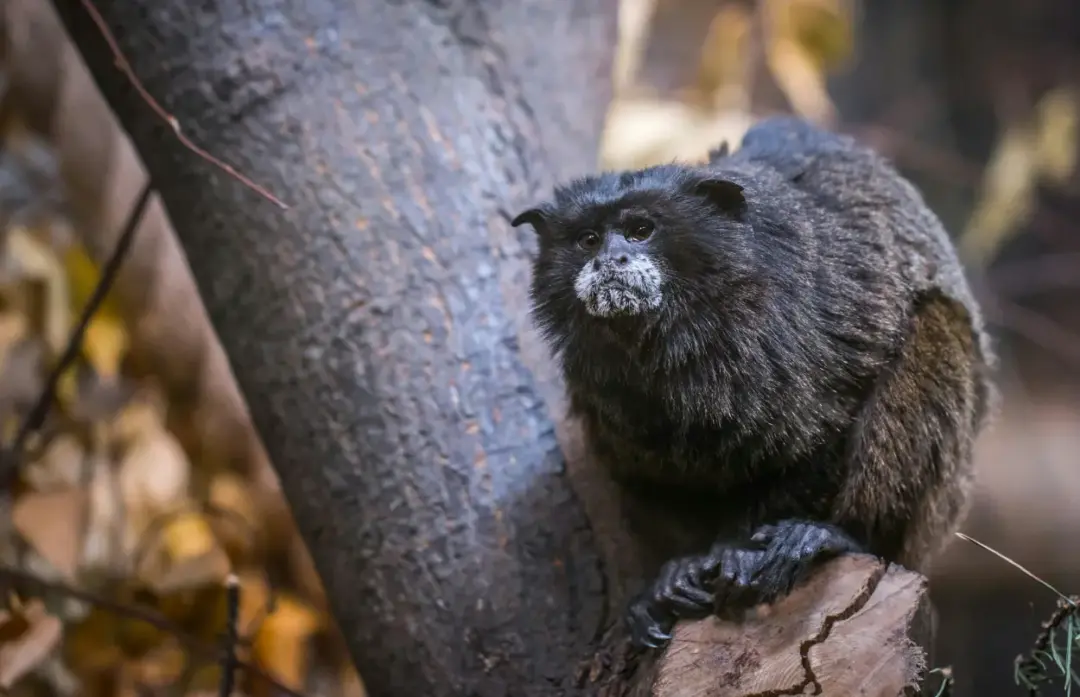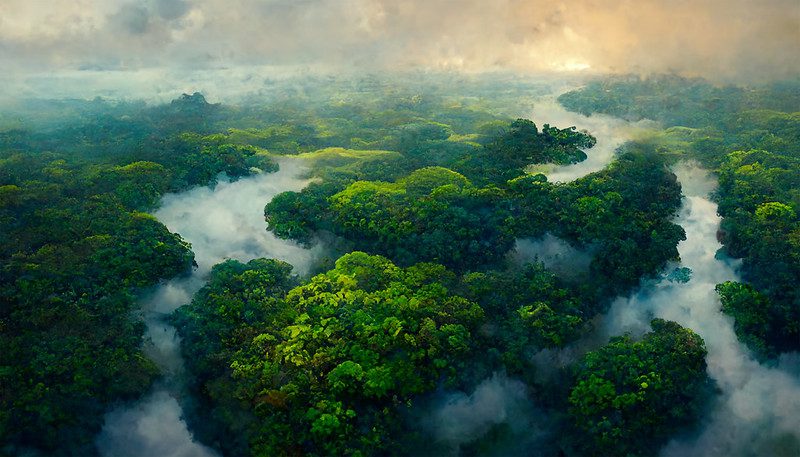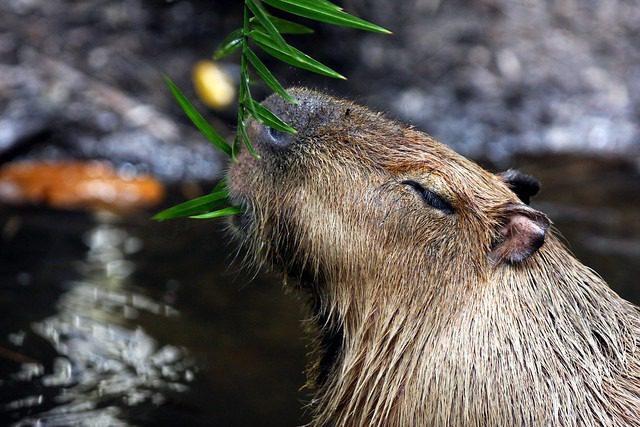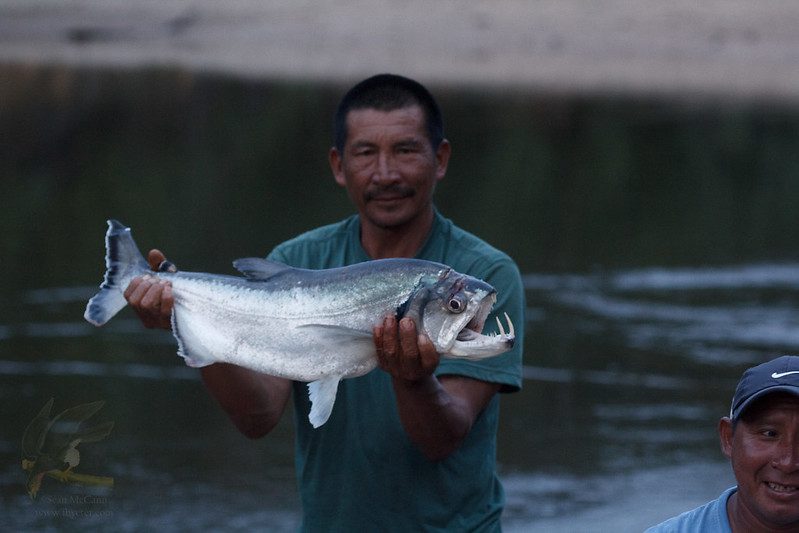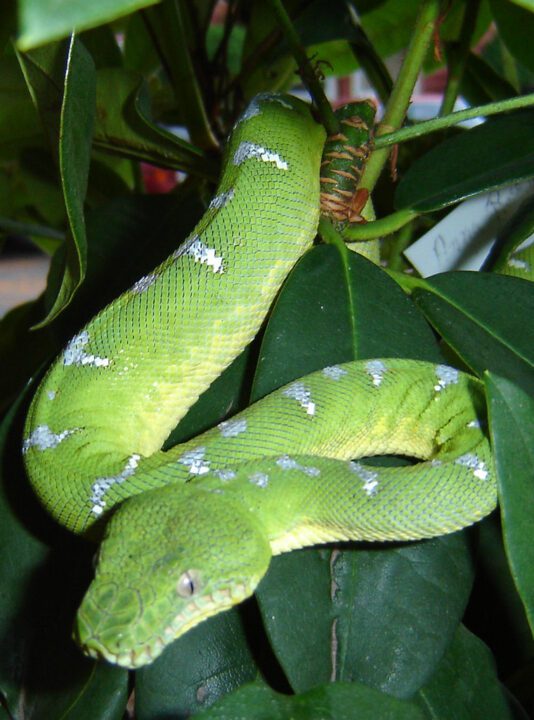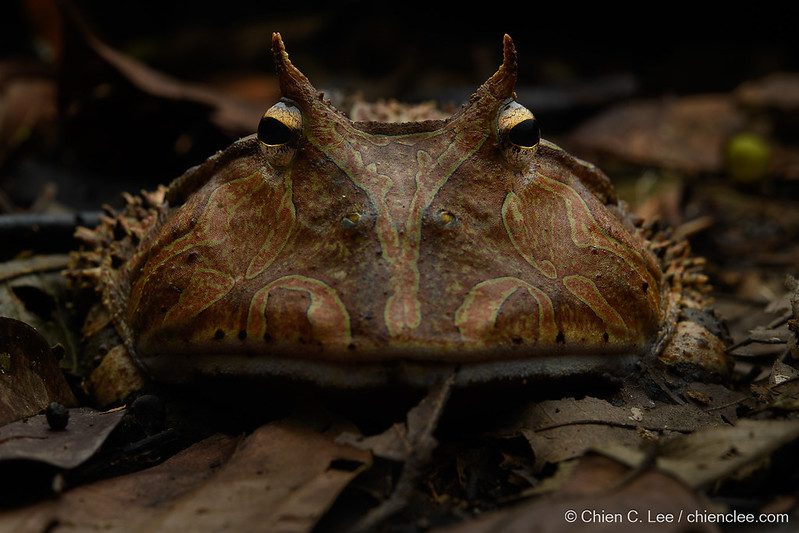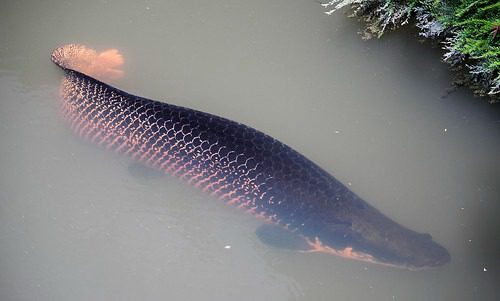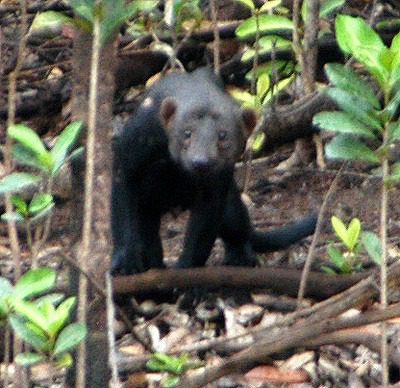Introduction
The ocelot (Leopardus pardalis) is a small, wild cat known for its distinctive rosette-patterned coat and secretive lifestyle. Found in the dense tropical rainforests of Central and South America, including the Amazon, this elusive feline plays a critical role in maintaining ecological balance. This comprehensive guide explores the ocelot’s life in the rainforest, organized by search-intent-driven keywords and grouped by topical relevance.
Ocelot Facts
General Facts About the Ocelot
- Scientific Name: Leopardus pardalis
- Size: 27 to 39 inches in body length, with tails ranging from 10 to 16 inches
- Weight: 18 to 40 pounds
- Lifespan: 8–11 years in the wild; up to 20 years in captivity
- Distribution: From southern Texas and Mexico down through Central America to northern Argentina
Ocelots are solitary, nocturnal predators that rely heavily on their acute senses and stealth to hunt and survive. Each ocelot has a unique fur pattern, similar to human fingerprints, which researchers use for identification.
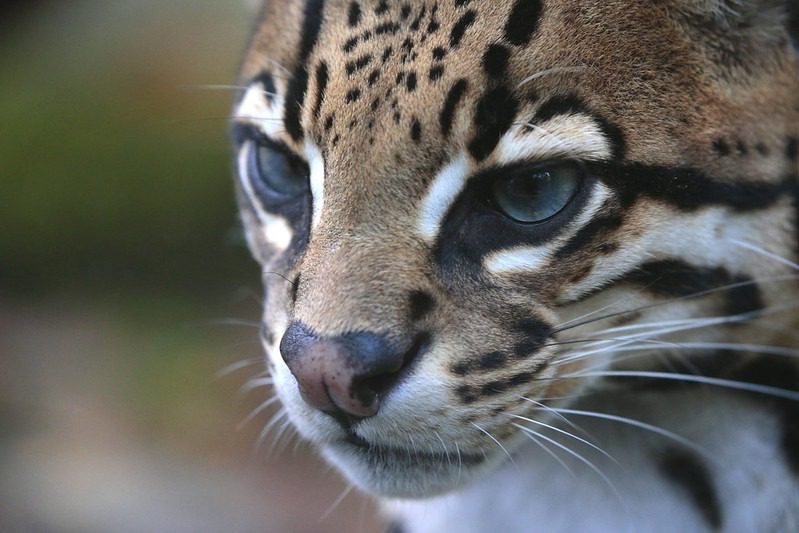
Amazon Ocelot Facts
The Amazon ocelot is not a separate subspecies but rather a regional variant that inhabits the Amazon rainforest. These ocelots are slightly smaller and have denser coats to adapt to the humidity and thick vegetation. They often travel vast distances within their territory in search of food and mates.
Interesting and Unusual Ocelot Traits
- Ocelots are excellent climbers and swimmers.
- They can delay embryo implantation to time births strategically.
- Salvador Dalí famously owned an ocelot named Babou.
- They communicate using a series of meows, growls, and scent markings.
Ocelots in the Rainforest
Tropical Rainforest Ocelot
The tropical rainforest ocelot is most commonly found in regions with high humidity and dense undergrowth. These environments offer both camouflage and a variety of prey species. They thrive in the Amazon, Atlantic Forest, and other jungle areas.
Amazon Rainforest Ocelot
The Amazon rainforest ocelot is particularly elusive due to the challenging terrain and canopy cover of the region. Researchers use camera traps and GPS collars to study their movements. The ocelot plays a key role in controlling populations of rodents and small mammals.
Rainforest Ocelots and Their Range
Rainforest ocelots are distributed throughout the Amazon Basin. They prefer areas with dense vegetation, water access, and minimal human disturbance. They are highly territorial and mark their ranges with scent.
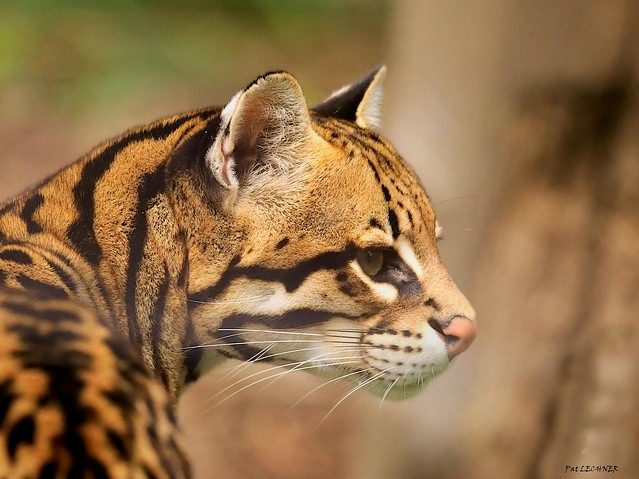
Do Ocelots Live in the Amazon?
Yes, ocelots are native to the Amazon rainforest, where they enjoy the perfect combination of cover, prey, and isolation. The Amazon offers an ideal habitat for the species due to its complex ecosystem and variety of microhabitats.
Ocelot Adaptations in the Tropical Rainforest
Physical Adaptations
- Camouflaged Coat: Rosette patterns help them blend into the dappled light of the jungle floor.
- Flexible Spine and Strong Limbs: Aid in climbing, leaping, and capturing prey.
- Retractable Claws: Allow for silent movement and climbing trees.
Sensory Adaptations
- Night Vision: Adapted for nocturnal hunting.
- Acute Hearing: Helps detect even the faintest sounds of prey.
- Whiskers: Help navigate dense underbrush and sense nearby objects in the dark.
Behavioral Adaptations
- Nocturnality: Avoids larger diurnal predators and utilizes cool nighttime temperatures.
- Territoriality: Males often control larger ranges that overlap with several females.
- Ambush Hunting: Uses stealth and cover to stalk prey before pouncing.
Ocelot Diet
What Do Ocelots Eat in the Rainforest?
Ocelots are carnivorous mesopredators that consume a wide range of small animals. Their diet is highly adaptable to the prey available in their territory.
Typical Prey Includes:
- Small Mammals: Rodents, opossums, and armadillos
- Birds: Especially ground-nesting and slow-flying species
- Reptiles and Amphibians: Lizards, snakes, and frogs
- Insects: Large beetles and other forest-dwelling insects
- Aquatic Prey: Occasionally fish and crustaceans
Ocelots prefer live prey and use their stealth to stalk before launching a precise and rapid attack.
Hunting Strategy
Ocelots are solitary hunters that primarily use the element of surprise. They often remain motionless for extended periods, waiting for the perfect moment to strike. Their sharp teeth and powerful jaws ensure a quick kill.
What Eats an Ocelot?
What Eats a Ocelot in the Amazon?
Ocelots are vulnerable to several larger predators, especially when they are young or sick. In the Amazon rainforest, their primary predators include:
- Jaguars: Apex predators that may kill ocelots over territory or prey competition
- Anacondas: Can ambush ocelots near water sources
- Harpy Eagles: Rarely prey on juvenile ocelots
What Eats a Ocelot?
Outside of the Amazon, ocelots may also be preyed upon by:
- Pumas: Compete in overlapping ranges
- Humans: Historically hunted for their pelts; still affected by habitat destruction and road fatalities

What Layer of the Rainforest Does the Ocelot Live In?
Primary Rainforest Layer
Ocelots primarily occupy the understory and forest floor layers. These layers offer the dense vegetation and low-light conditions that aid in their stealth-based hunting strategy.
Characteristics of These Layers:
- Understory: Limited sunlight, dense foliage, abundant small animals
- Forest Floor: Rich in insects, amphibians, and nocturnal rodents
These conditions make it easier for ocelots to remain undetected while hunting or avoiding larger predators.
Tropical Rainforest Animals: The Ocelot’s Ecological Role
Role in the Food Web
Ocelots are mid-tier predators that help maintain the balance of species in their habitat. By controlling populations of rodents and birds, they indirectly support plant life and reduce crop damage in surrounding human settlements.
Competitors and Niche Overlap
Ocelots share their environment with:
- Margays: Smaller, more arboreal cousins
- Tayras and Coatis: Compete for similar prey
- Snakes and Raptors: Occasionally target the same small animals
Despite competition, the ocelot carves out a niche through stealth and agility.
Reproduction and Social Behavior
Solitary Lifestyle
Ocelots are solitary animals, coming together only for mating. They establish and mark territories with urine and scent glands. Males may roam over 30 square miles, while females occupy smaller, exclusive ranges.
Breeding
- Mating Season: Year-round in tropical regions
- Gestation Period: 79–85 days
- Litter Size: Typically 1–3 kittens
Cubs remain with the mother for up to two years, learning how to hunt and survive in the forest.
Conservation Status and Threats
Threat Level
- IUCN Status: Least Concern, but vulnerable in some areas
- CITES Listing: Appendix I (trade-restricted)
Threats
- Habitat Loss: Deforestation for agriculture and mining
- Road Mortality: Highways in forested regions pose major threats
- Poaching: Although reduced, illegal fur trade and pet trafficking still exist
Conservation Efforts
- Protected Reserves: Amazonian parks and sanctuaries offer safe zones
- Camera Trap Studies: Help understand population dynamics
- Public Awareness: Ecotourism and education support local conservation
Cultural Significance
Mythology and Symbolism
Ocelots appear in the mythology of various Indigenous cultures:
- Aztecs: Associated with the god Tezcatlipoca
- Mayans: Symbolized strength and stealth
They continue to inspire art and storytelling across Latin America.
Frequently Asked Questions
Do Ocelots Live in the Amazon?
Yes, ocelots are widely distributed throughout the Amazon rainforest and rely on its dense vegetation and diverse prey base.
What Do Ocelots Eat in the Rainforest?
Their diet includes small mammals, birds, reptiles, insects, and fish, making them versatile predators.
What Layer of the Rainforest Does the Ocelot Live In?
They primarily dwell in the understory and forest floor, using the low light and thick foliage to their advantage.
Conclusion
The ocelot is a fascinating and vital inhabitant of the tropical rainforest. With its adaptive features, solitary habits, and ecological importance, it embodies the complexity and mystery of the Amazon. Preserving its habitat is not just essential for the ocelot but for the entire rainforest ecosystem.
Understanding the ocelot’s role, behavior, and challenges helps us appreciate this beautiful creature and encourages more effective conservation strategies for tropical rainforest wildlife.

